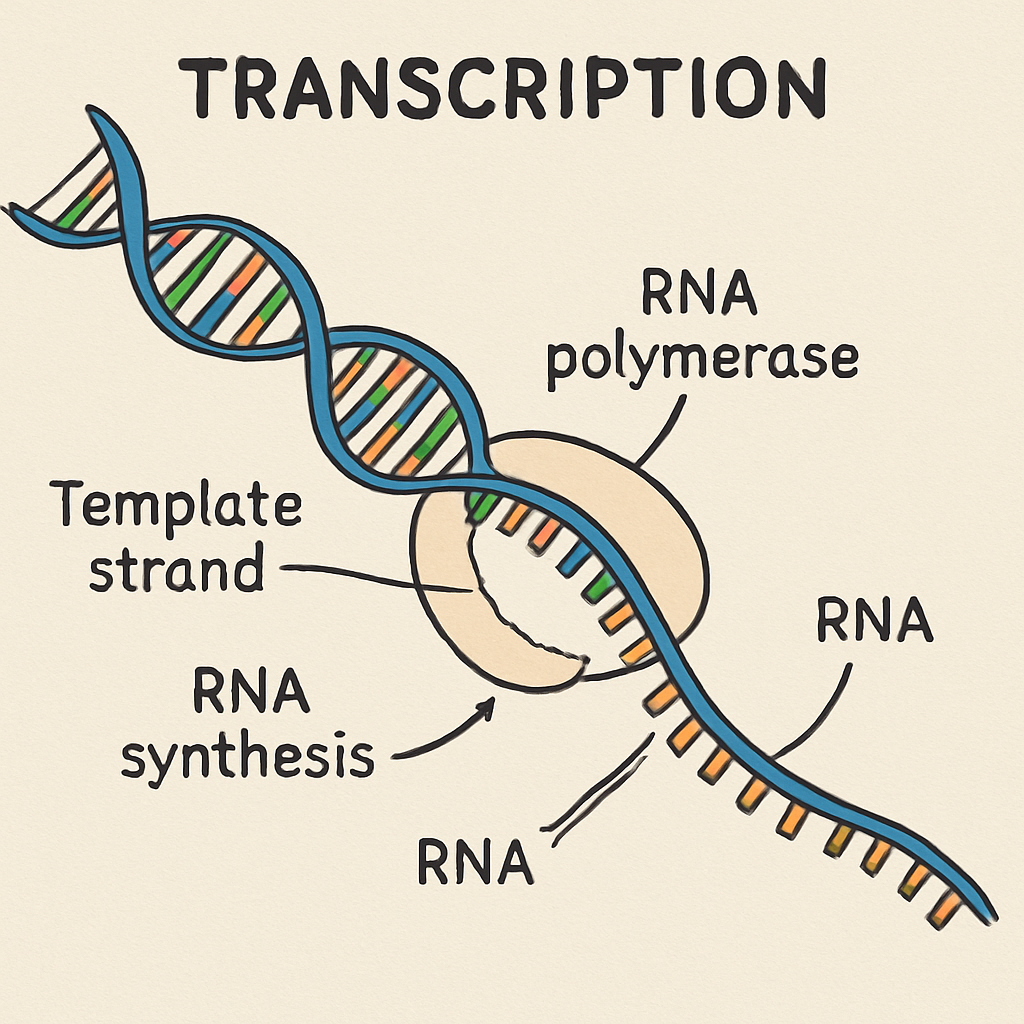Transcribing audio and video recordings into text is an essential skill in today’s digital age. Whether you’re a student, a journalist, or a business professional, converting spoken words into written text can significantly enhance your productivity and accessibility to information. The act of transcription not only aids in better comprehension and retention but also allows for easier distribution and sharing of ideas. This guide will walk you through the process, tools, and tips for effectively transcribing audio and video content into text, ensuring you can harness the power of transcription to its fullest potential.

Transcription plays a crucial role across various fields. For students, transcribing lectures and interviews can aid in study and research, providing a written record that can be referred back to and highlighted for key insights. Journalists can benefit from transcriptions for accurate reporting and quoting, as having a reliable text version ensures that quotes are precise and context is maintained. In the business world, transcriptions are invaluable for creating meeting minutes, preserving ideas discussed, and ensuring compliance with legal requirements, which can be crucial during audits or legal proceedings.
Moreover, transcriptions make content accessible to people with hearing impairments, enabling them to engage with audio and video content on an equal footing. This inclusivity extends to improving search engine optimization (SEO) for digital content, as search engines can index text more efficiently than audio or video files. By transcribing content, creators can increase their reach and visibility, making it easier for audiences to discover and engage with their material. Furthermore, having text transcripts can facilitate multilingual access, as they can be easily translated into other languages, broadening the audience base even further.
Tools and Services for Transcription
Automatic Transcription Software
In recent years, technology has made transcription easier with automatic transcription software. These tools use advanced speech recognition technology to convert audio to text quickly, often providing results in real-time. Some popular options include:
- Otter.ai: Offers real-time transcription and collaboration features, making it ideal for meetings and interviews. Its intuitive interface allows for seamless integration with other digital tools, enabling users to share and edit transcripts collaboratively.
- Google Docs Voice Typing: A free tool that provides basic transcription capabilities directly within Google Docs, it is ideal for quick and straightforward transcriptions, especially when you’re already working within the Google ecosystem.
- Temi: Provides fast and affordable transcription services with a user-friendly interface. It supports a wide range of audio formats and languages, making it a versatile choice for users looking for both speed and affordability.
- Votars: A multilingual AI transcription tool that supports 74 languages, Votars offers real-time transcription for meetings, interviews, and recordings. It also auto-generates summaries, highlights key points, and can transcribe video content from platforms like Zoom, YouTube, and WhatsApp. With its sleek interface and high accuracy (up to 99.8%), Votars is an excellent option for professionals looking for speed and precision.

Professional Transcription Services
For high accuracy and complex audio, professional transcription services are available. These services employ human transcribers to ensure the highest quality of transcription, particularly useful for recordings with multiple speakers or background noise. Some well-known services include:
- Rev: Offers fast turnaround times and high accuracy levels, making it a go-to for journalists and legal professionals who require precise transcriptions.
- Scribie: Provides affordable transcription services with options for manual and automated transcriptions, catering to different budget levels and accuracy needs.
- GoTranscript: Known for handling a wide range of audio qualities and languages, this service is ideal for international businesses and multilingual projects.
Manual Transcription Tools
For those who prefer to transcribe manually, there are tools to facilitate the process, helping to streamline the workflow and improve efficiency:
- Express Scribe: A popular transcription software that supports various audio formats and foot pedal controls, it is favored by professional transcribers for its customizable playback speeds and hotkeys.
- Transcriber for WhatsApp: Allows users to transcribe audio messages directly from WhatsApp, making it a handy tool for users who frequently receive important verbal information via messaging apps.
How to Choose the Right Transcription Method
Choosing the right transcription method depends on several factors, each of which plays a critical role in determining the best approach for your needs:
- Audio Quality: Clear audio can be efficiently transcribed with automatic software, while recordings with poor quality, background noise, or multiple speakers may require human transcribers to ensure accuracy.
- Budget: Automatic software is generally cheaper than professional services, making it a cost-effective choice for those on a tight budget or handling large volumes of content.
- Turnaround Time: Automated tools provide instant results, which is ideal for urgent projects, while professional services may take longer but offer higher accuracy levels.
- Confidentiality: Consider the sensitivity of your content when selecting a transcription service. For confidential information, ensure the service adheres to strict privacy policies and data protection regulations.
Steps to Transcribe Audio and Video Recordings
Step 1: Prepare Your Audio or Video File
Before starting the transcription process, ensure your audio or video file is clear and free from background noise. Use editing software to enhance sound quality if necessary, as clear audio will significantly improve the accuracy of your transcription. Eliminating echoes, static, and other distortive sounds can make a big difference in the final transcript quality.
Step 2: Select a Transcription Tool
Choose the tool or service that best fits your needs. For quick transcription, automatic tools like Otter.ai or Temi are suitable, as they can handle straightforward recordings efficiently. For detailed and accurate transcriptions, consider using a service like Rev or GoTranscript, especially for recordings that require a high degree of accuracy or involve specialized terminology.
Step 3: Upload and Transcribe
Upload your audio or video file to the chosen tool or service. Follow the instructions provided by the software or service to begin transcription. Automated tools will typically complete the process in minutes, providing you with a draft that can be further refined. In contrast, professional services may take longer but offer a more polished and accurate final product.
Step 4: Review and Edit
Once the transcription is complete, review the text for accuracy. Pay attention to names, technical terms, and any unclear portions of the audio. Editing is crucial to ensure the transcription accurately reflects the original content, as even the best tools can occasionally misinterpret words. Consider having someone familiar with the subject matter review the text for additional accuracy.
Step 5: Format and Save
Format your transcribed text as needed, adding headings, paragraphs, and any necessary annotations to enhance readability. Save the document in your preferred format, such as a Word document or PDF, for easy access and distribution. Proper formatting will not only improve the document’s presentation but also make it easier for others to navigate and understand.
Tips for Effective Transcription
- Use Headphones: To better hear and transcribe audio, use high-quality headphones that can pick up subtle sounds and minimize external noise.
- Familiarize with Content: Listen to the audio once before transcribing to understand the context and flow, which will help you anticipate potential challenges in the transcription process.
- Utilize Keyboard Shortcuts: Speed up manual transcription with keyboard shortcuts for playback control, such as pausing, rewinding, and fast-forwarding.
- Break it Down: Transcribe in sections to maintain focus and accuracy, taking regular breaks to prevent fatigue and ensure a high level of detail.
- Proofread: Always proofread the final document to catch any errors, typos, or inconsistencies, as a well-edited transcript is crucial for reliability and professionalism.
Challenges in Transcription and How to Overcome Them

Transcribing audio and video recordings can present challenges, such as:
- Accents and Dialects: Variations in speech can lead to errors. Familiarity with the accent or dialect can improve accuracy, and using specific transcription services that specialize in certain languages or regions can be beneficial.
- Background Noise: Minimize noise during recording and use noise-canceling tools to enhance clarity. In post-production, audio editing software can help isolate and reduce unwanted sounds to improve the quality of the recording.
- Technical Jargon: Research specific terms before starting the transcription to ensure accuracy. Creating a glossary of key terms and consulting industry-specific resources can help transcribers handle specialized language more effectively.
Conclusion
Transcribing audio and video recordings into text is a valuable skill that can save time, enhance productivity, and improve accessibility. By selecting the right tools and following a structured approach, you can efficiently convert spoken content into written text. Whether you’re using automatic software or professional services, the key is to choose a method that aligns with your needs and resources. With practice and attention to detail, transcription can become a seamless part of your workflow, facilitating better communication and understanding across various mediums and audiences.


